Her words sound like a refrain echoing across many corners of Ukraine — in Sumy, Lviv, Zaporizhzhia, and Geneva. Yes,…

ArmyInform is launching a series of analytical articles dedicated to strategic innovations in international support for Ukraine and their practical results.
In our materials, we will touch upon the government’s comprehensive initiative ZBROYA and one of the financial mechanisms that enabled its development — the so-called ‘Danish Model,’ which became not just a new method of financing, but fundamentally shifted the paradigm, transforming Ukraine from an aid recipient into a full-fledged industrial partner. In the first part of the series, we will take a detailed look at the philosophy and mechanisms of the ‘Danish Model,’ explain how it works, and why trust has become its main driving force.
In the crucible of a full-scale war, the paradigm of international support for Ukraine is undergoing a fundamental transformation. The initial phase, characterized by the transfer of military aid from partners’ existing arsenals, has given way to a more sophisticated and strategically far-sighted approach: direct co-investment in Ukraine’s own defense-industrial base. The vanguard of this evolution is the ‘Danish Model,’ an innovative mechanism that transcends the traditional “donor-recipient” dynamic and establishes a framework for genuine industrial partnership.
This model is not merely another funding instrument; it represents a profound shift in the philosophy of support. It signals an unprecedented level of trust in Ukraine’s defence-industrial complex (DIC) and a clear recognition of its formidable, battle-proven capabilities. Instead of receiving what partners can spare from their stockpiles, Ukraine is securing direct investment to manufacture the advanced, combat-tested weapon systems it needs — precisely when it needs them.
As Danish Ambassador to Ukraine, Ole Egberg Mikkelsen, aptly noted, the initiative could more accurately be called the “Ukrainian Model,” as it is built upon leveraging the unique industrial capacity and innovative potential of Ukraine’s defense sector. This strategic pivot reframes Ukraine not simply as a recipient of security, but as a vital provider of effective, hard-won security solutions for the entire Euro-Atlantic community.
The architecture of the ‘Danish Model’ is a masterclass in pragmatic and efficient wartime procurement, designed for speed, transparency, and direct impact. It systematically avoids the cumbersome bureaucratic procedures that often delay the delivery of critical capabilities, operating instead on a clear, streamlined algorithm.
The process begins with 1. Needs Identification, where Ukraine’s Ministry of Defence, based on urgent battlefield requirements from the Armed Forces, formulates a prioritised list of specific projects, complete with detailed technical specifications and required production volumes. This ensures that all subsequent investment is directly aligned with the most pressing operational demands.
The second stage is 2. Partner Verification. Experts from the partner nation—pioneered by Denmark—conduct rigorous due diligence on the Ukrainian companies recommended for the projects. This is not a cursory check; it involves a comprehensive audit of production capacities, a thorough assessment of past contract performance, and verification that the proposed systems align with the strategic priorities of Ukraine’s military. This meticulous vetting process builds a crucial layer of confidence and accountability.
The final step is 3. Direct Contracting and Funding. Once a company is successfully verified, a direct contract is established between the partner country’s designated fund and the Ukrainian manufacturer for a specific production run. This direct-to-industry channel is the model’s cornerstone, bypassing complex state procurement processes and creating an external layer of oversight that inherently mitigates corruption risks.
This structure does more than just deliver weapons; it validates the concept that Ukraine can manage large-scale international defense investments transparently and effectively, thereby de-risking future, larger-scale commitments.
This operational framework generates five strategic advantages:
The efficacy of any strategic initiative is ultimately measured in tangible results. In its inaugural year, the ‘Danish Model’ delivered a resounding proof of concept, translating financial commitments into critical combat power on the battlefield. In 2024, the Armed Forces of Ukraine received weaponry valued between €538 million and €597 million through this mechanism, a testament to its immediate impact.
This funding was not a singular donation but a consolidation of international support, demonstrating the model’s broad appeal and its innovative use of diverse financial sources. The flagship project of this initial phase was the procurement of the Ukrainian-designed 155mm “Bohdana” SPH.
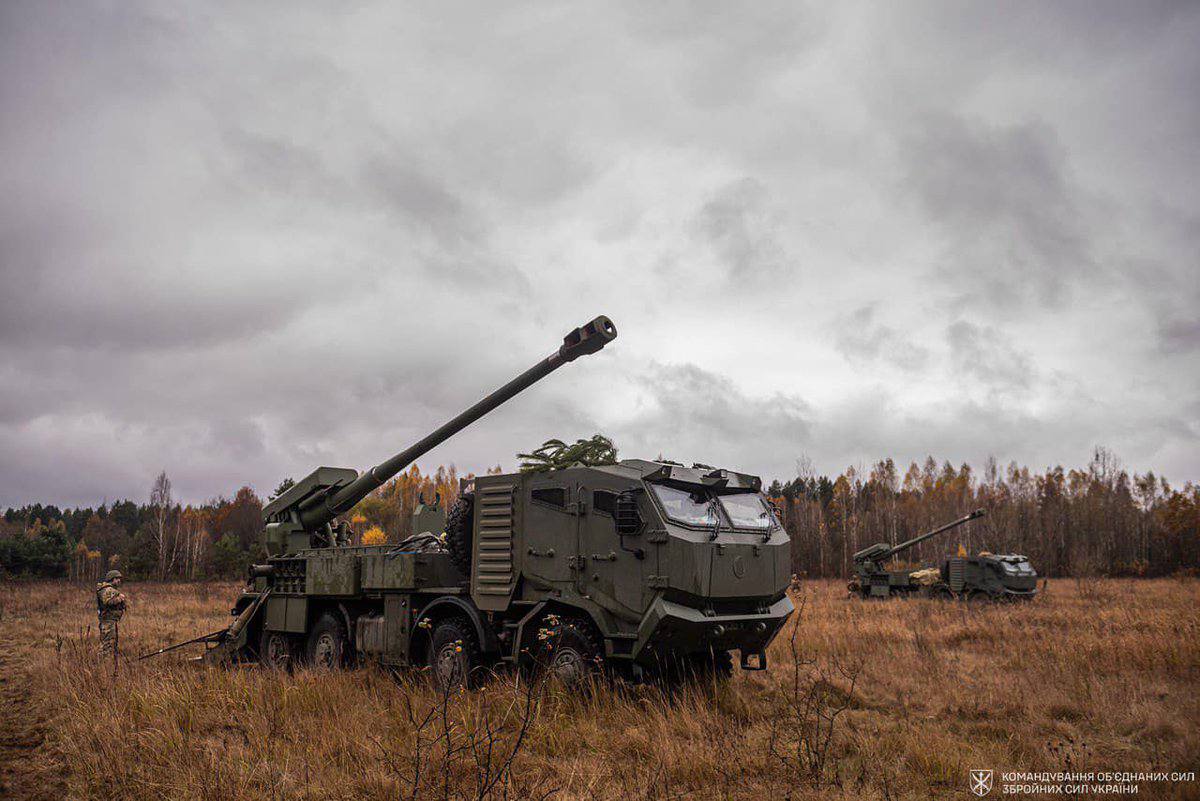
This system, which played a key role in critical operations such as the liberation of Snake Island, saw its production scaled dramatically under the model’s financing, growing from a limited number of units to a rate of 40 per month. Following this success, the model was swiftly expanded to finance other high-priority systems, including long-range drones and anti-tank and anti-ship missiles.
The following table details the funding coalition and key procurements for 2024:
In conclusion, the ‘Danish Model’ has unequivocally proven its value in its first year of operation. It has moved beyond the conceptual stage to become a tested, scalable, and highly effective mechanism for bolstering Ukraine’s defense capabilities. More profoundly, it has redefined the nature of international support, shifting the narrative from aid to strategic sourcing. Partners are no longer simply giving; they are investing in a cost-effective, innovative, and battle-hardened industrial base that delivers exceptional value and strengthens the entire Euro-Atlantic security ecosystem.
The model’s success serves as a compelling blueprint for collective security. It is a replicable framework that offers allied nations a direct and efficient channel to contribute to Ukraine’s victory while simultaneously investing in the long-term resilience and capacity of the European defense industrial base.
The call to action is clear: the ‘Danish Model’ should be viewed as a priority investment platform for all of Ukraine’s allies, representing the most effective path toward a shared victory and a more secure future.
Author: Taras Tymchuk
@armyinformcomua

For 45 consecutive days, a ground robotic complex of the 3rd Assault Brigade went on combat duty and, with machine-gun fire, suppressed all attempts by the enemy to break through into our sector.
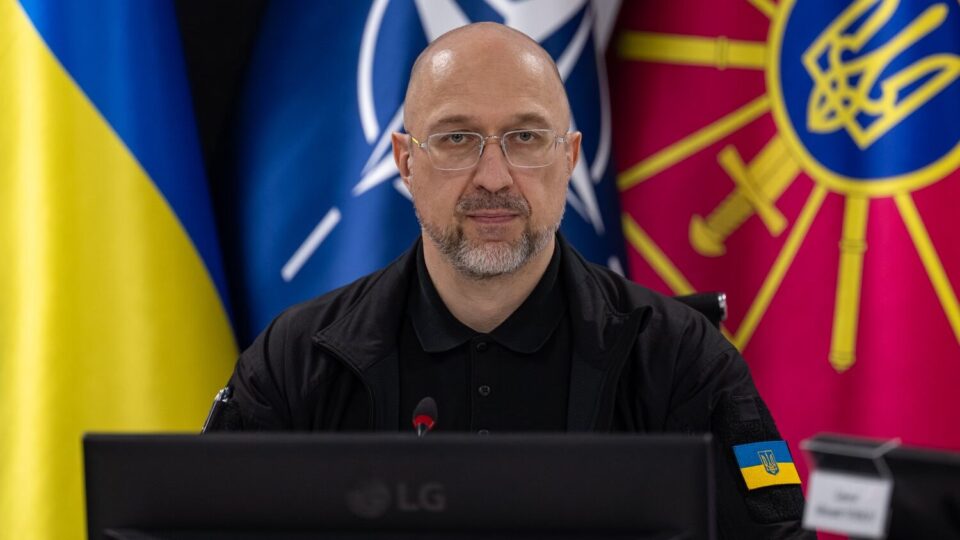
The Ministry of Defense of Ukraine is comprehensively upgrading the system of rehabilitation for military personnel, identifying this area as one of its key priorities.
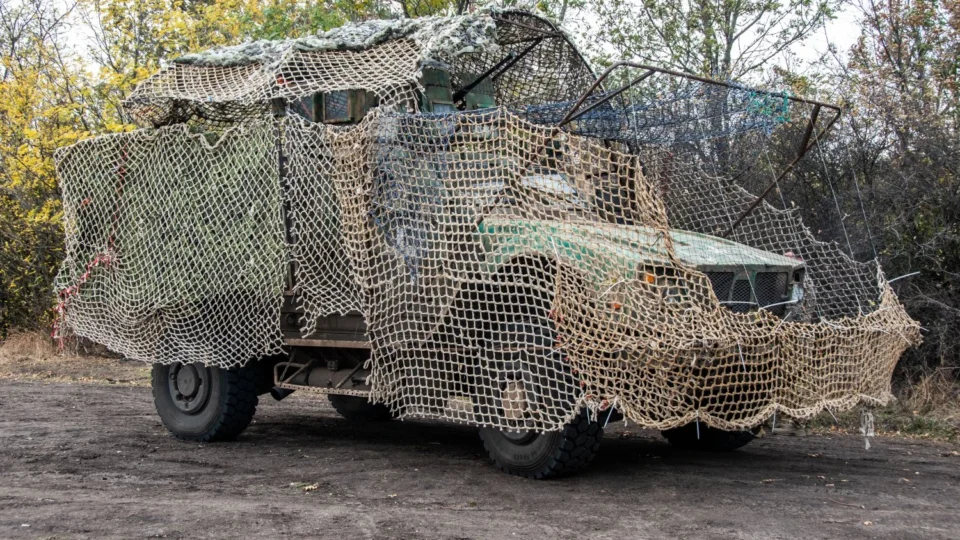
The 37th Separate Marine Brigade is equipped with Oshkosh M-ATV tactical armored vehicles — American armored cars developed by the U.S. Department of Defense based on the experience of wars in Afghanistan and Iraq.
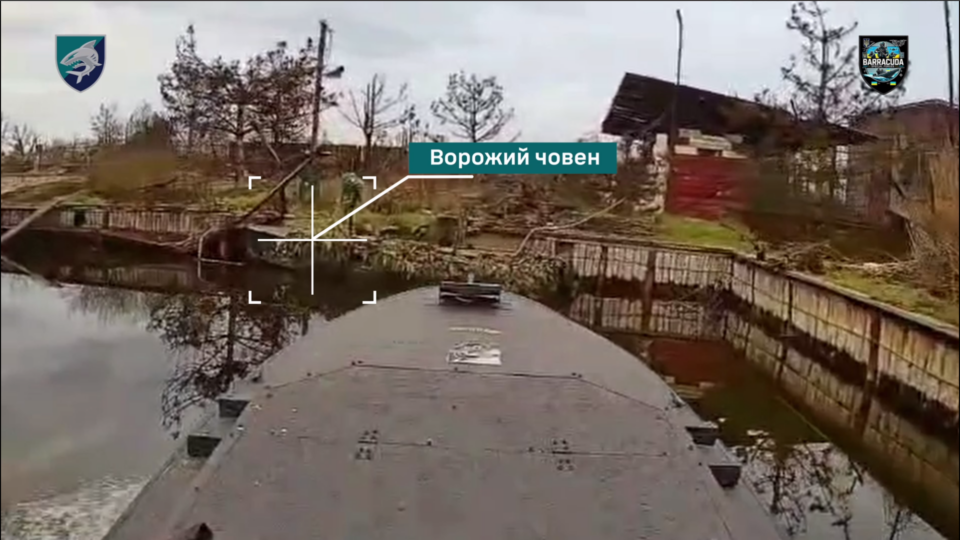
Fighters of the 40th Coastal Defense Brigade of the 30th Marine Corps used an unmanned Barracuda boat to strike an enemy target.
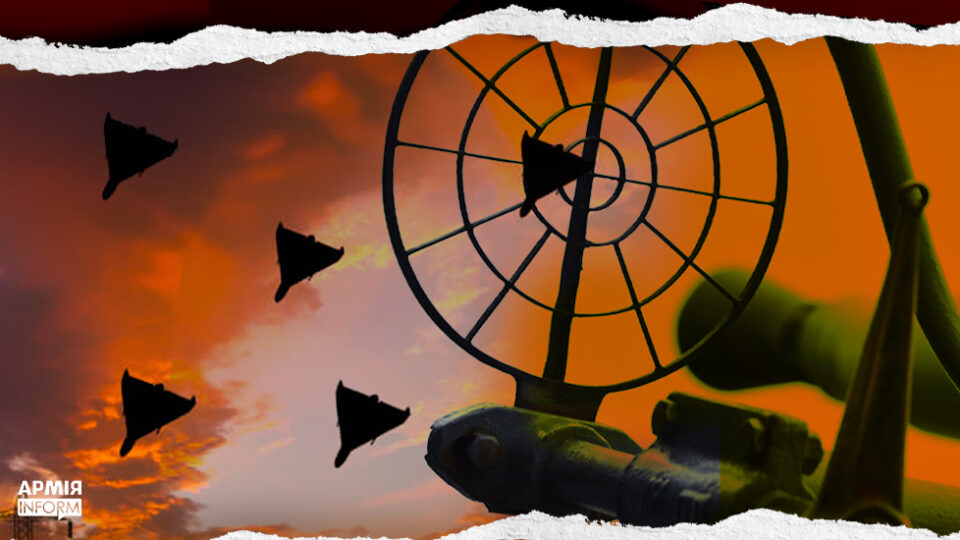
On the night of December 24 (from 7:00 p.m. on December 23), the enemy attacked with 116 strike UAVs of the Shahed and Gerbera types, as well as drones of other types, from the directions of Millerovo, Kursk, Shatalovo, Oryol, Primorsko-Akhtarsk (Russia), and Hvardiiske (temporarily occupied AR Crimea). About 90 of them were Shaheds.
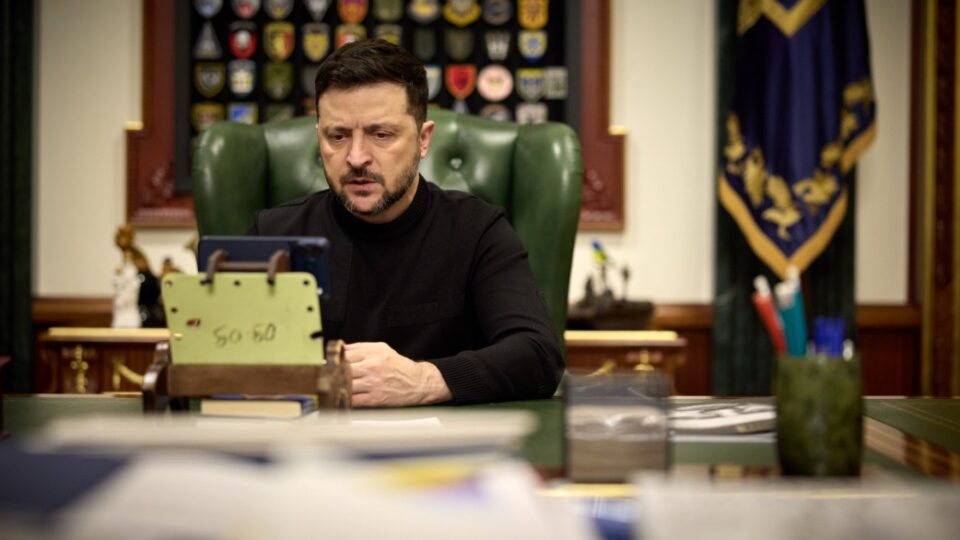
President of Ukraine Volodymyr Zelenskyy, in his evening address, spoke about the course of diplomatic efforts and responded to another round of strikes by the occupiers against critical infrastructure.
Her words sound like a refrain echoing across many corners of Ukraine — in Sumy, Lviv, Zaporizhzhia, and Geneva. Yes,…